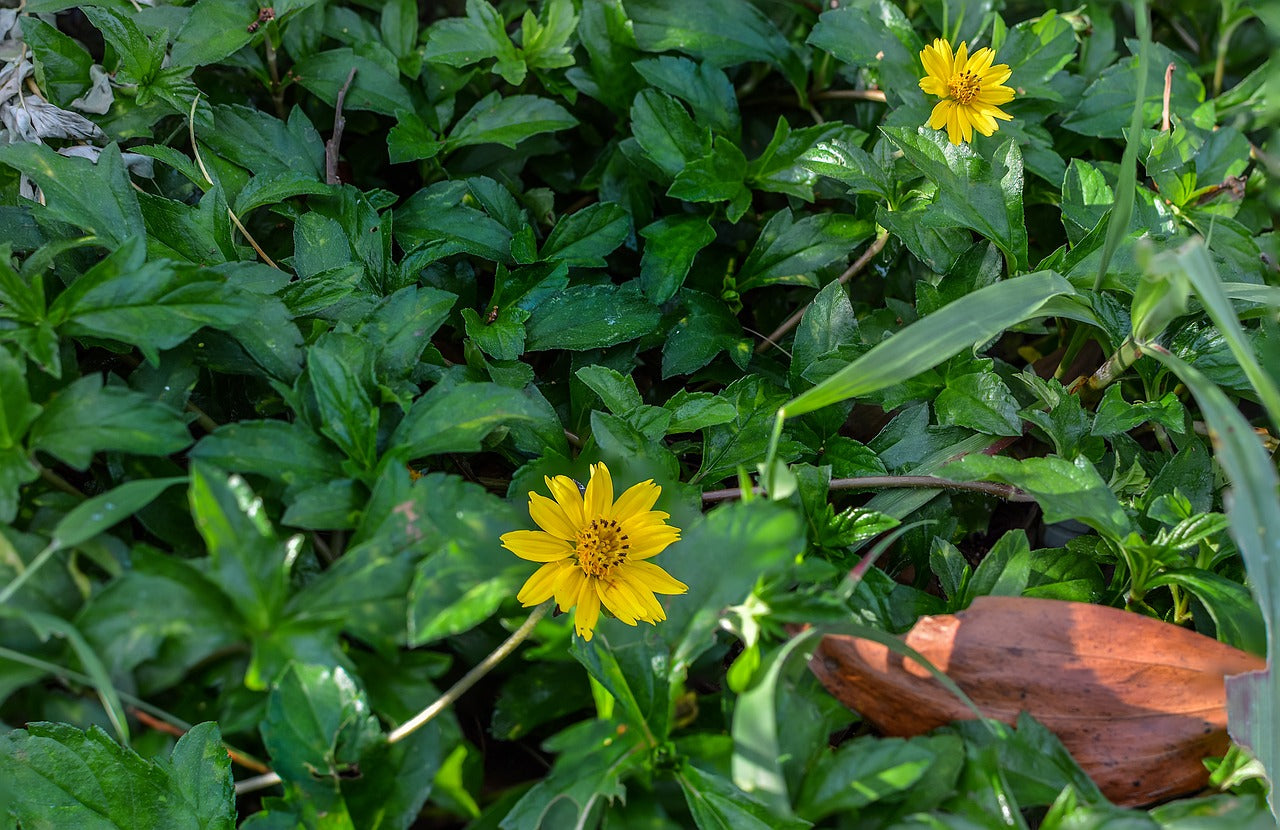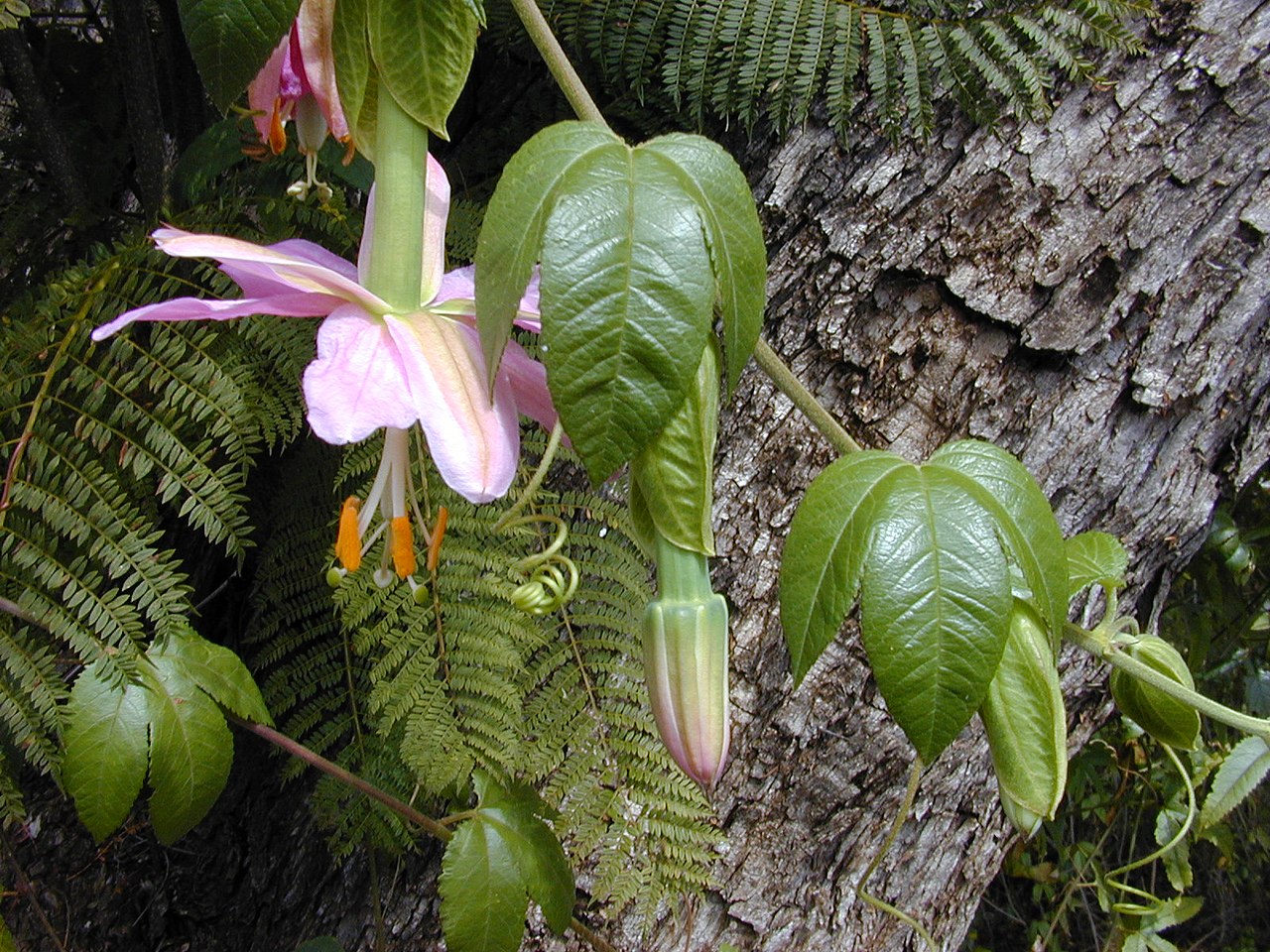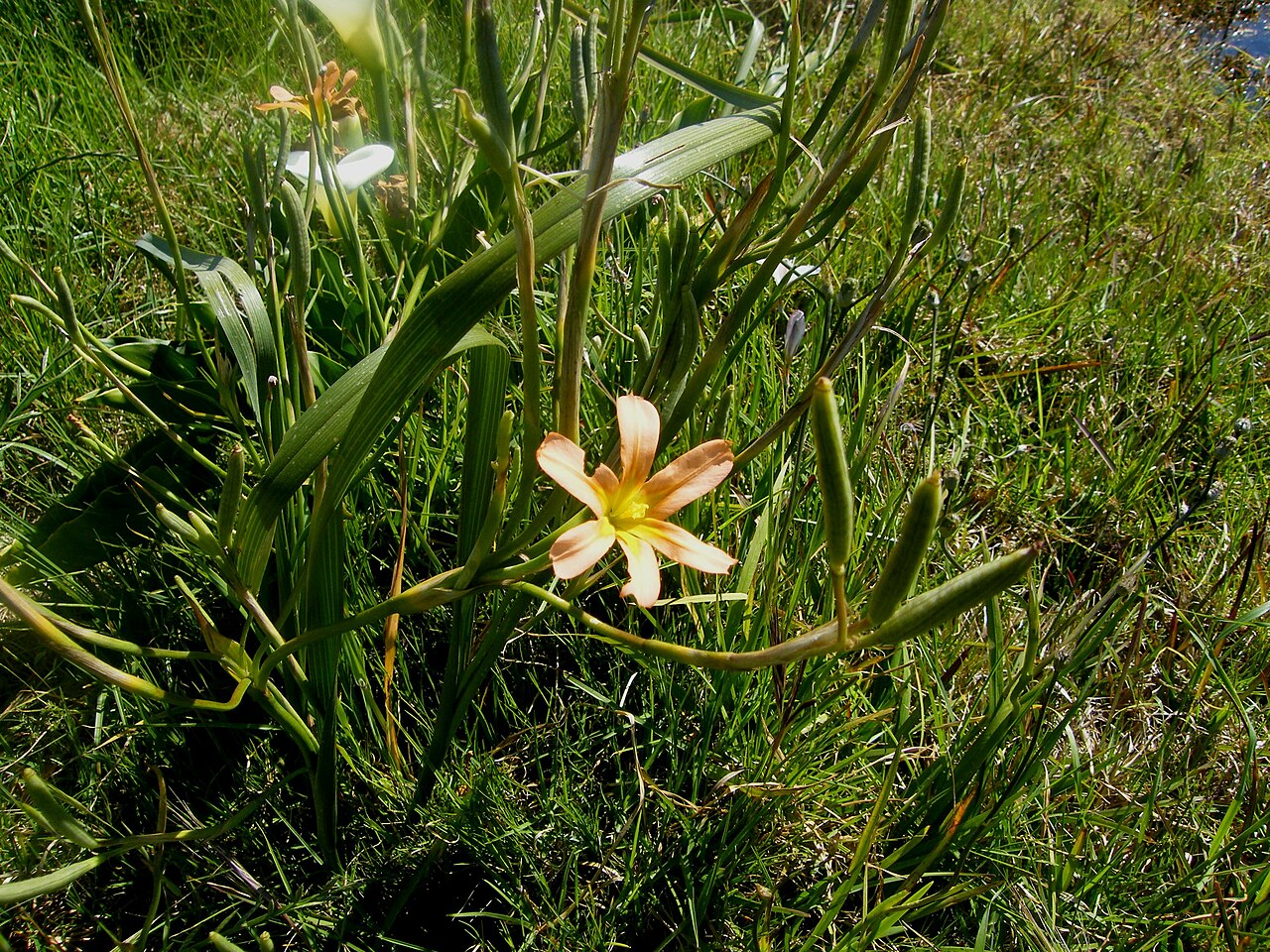
Singapore Daisy
Common Name
Singapore Daisy, Creeping-oxeye, Trailing Daisy
Scientific Name
phagneticola trilobata
Family
Asteraceae
Lifecycle
All year round.
Seasons of Growth
Spring to Autumn
Key Distinguishing Feature
Flowers that are orange-yellow, appears like a daisy (approx. 2cm wide) on short stems. Has lush, glossy green leaves that are paired along the stem of the plant. Grown cover and low climbing plant.
• Growth Form: Singapore Daisy is a low-growing, spreading plant that often forms dense mats. It can reach lengths of up to 60 centimetres (24 inches).
• Leaves: The leaves are opposite, oblong to elliptical in shape, and have three distinctive lobes, giving the plant its species name "trilobata." The leaves are typically green but may vary in colour.
• Flowers: The flowers are daisy-like with bright yellow to orange-yellow petals and a yellow center. They are borne singly at the tips of the stems.
• Roots: Singapore Daisy produces fibrous roots that help it spread horizontally.
Ecological Impact:
• Singapore Daisy is considered invasive in many regions outside its native range, including parts of Australia, the United States, and other tropical and subtropical areas. It can form dense ground cover and outcompete native vegetation.
• It has the potential to smother natural habitats, disrupt ecosystems, and reduce plant diversity.
Control Methods:
• Control of invasive Singapore Daisy often involves a combination of mechanical, chemical, and cultural methods.
• Mechanical methods include hand-pulling, mowing, or cutting to reduce the plant's biomass.
• Herbicides may be used for control, but care must be taken to use them safely and effectively, following local regulations.
• Preventing the spread of Singapore Daisy through contaminated soil, equipment, or plant material is crucial.
Singapore Daisy is a challenging invasive plant that requires active management to prevent its spread and protect native ecosystems and natural habitats. Local environmental agencies often provide guidance on the best control practices for this invasive species.
Key Products for Control:
-
Envu Method - Aminocyclopyrachlor (present as the potassium salt)
-
Indigo MetForce - Metsulfuron Methyl
-
Indigo Rapid Fire 800 - Glyphosate (present as acid and ammonium salt)




